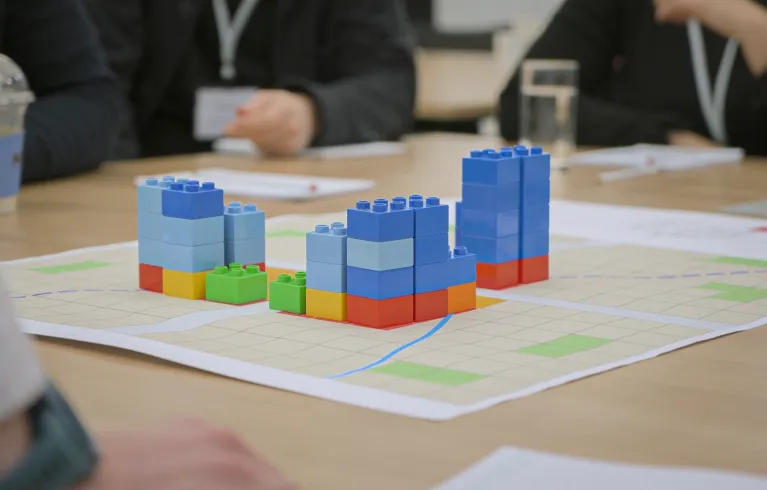
Key information
Publication type: Current investigation
Publication status: Adopted
Publication date:
Print this page
Contents
Introduction
The London Assembly Planning and Regeneration Committee is holding a one-off meeting into how Londoners are able to engage with the design of London's buildings, on Monday 8 December 2025.
Meeting aims and objectives (Terms of Reference)
In this one-off meeting, the Committee will look at the how Londoners are able to engage with the design of London's buildings and the future built environment of the capital:
- To explore what is known about the public’s building design preferences and whether new development has been responsive to insights from existing methods of public engagement and consultation.
- To investigate how Londoners are currently engaged in planning in the city, including whose voices are most prominent and whether there are any particular groups who are less able to participate.
- To scrutinise how effective the London Plan has been in facilitating the delivery of new buildings in the capital that respond to the design preferences of Londoners.
Key issues
- It has long been understood that the design of our built environment has a profound effect on residents’ quality of life. The Design Council reported that, based on a MORI poll commissioned by CABE, ‘85% of people believed that better quality buildings and public spaces improve the quality of people’s lives’.
- To support the GLA’s Good Growth by Design programme, the Mayor appointed a cohort of Mayor’s Design Advocates to prioritise the design of quality buildings for London’s communities. These design experts advocate for quality of design, including through their role on the London Review Panel and publication of the Good Growth by Design guidance.
- Mechanisms are in place throughout the UK planning system to engage, inform and consult residents and stakeholders on the design of local buildings. Such tools include public consultation processes, Design Review Panels, resident ballots in estate regeneration and the GLA’s PlanApps platform.
- However, a range of reports over the past decade continue to highlight Londoners’ dissatisfaction with the built environment and their ability to influence design decisions affecting them. Open-City found that 65 per cent of people believe they do not have enough say in their local built environment. While Demos found that 32 per cent think that new builds are of poor quality, with 47 per cent preferring to buy an old house versus a new one at only 21 per cent. The Demos also highlights that the design of the built environment is increasingly recognised as playing a significant factor in contributing to increasing loneliness and reducing trust.
Key questions
- What type of design of buildings/housing do Londoners want to see built in the capital?
- To what extent is new development meeting Londoners’ expressed design preferences?
- Is there a disconnect between what Londoners want to see built in the capital and what is being delivered? Why does this matter?
- What legislative or regulatory barriers are there to constructing buildings that align with public preferences for traditional/classical architecture?
- How effective are the GLA’s existing tools and processes in engaging Londoners in the design of buildings and what lessons can be learned?
- To what extent are neighbourhood plans influencing the design of localities - and how is this evidenced?
- What other good practice examples can provide insights for effective public engagement with design at a city-level?
Back to table of contents